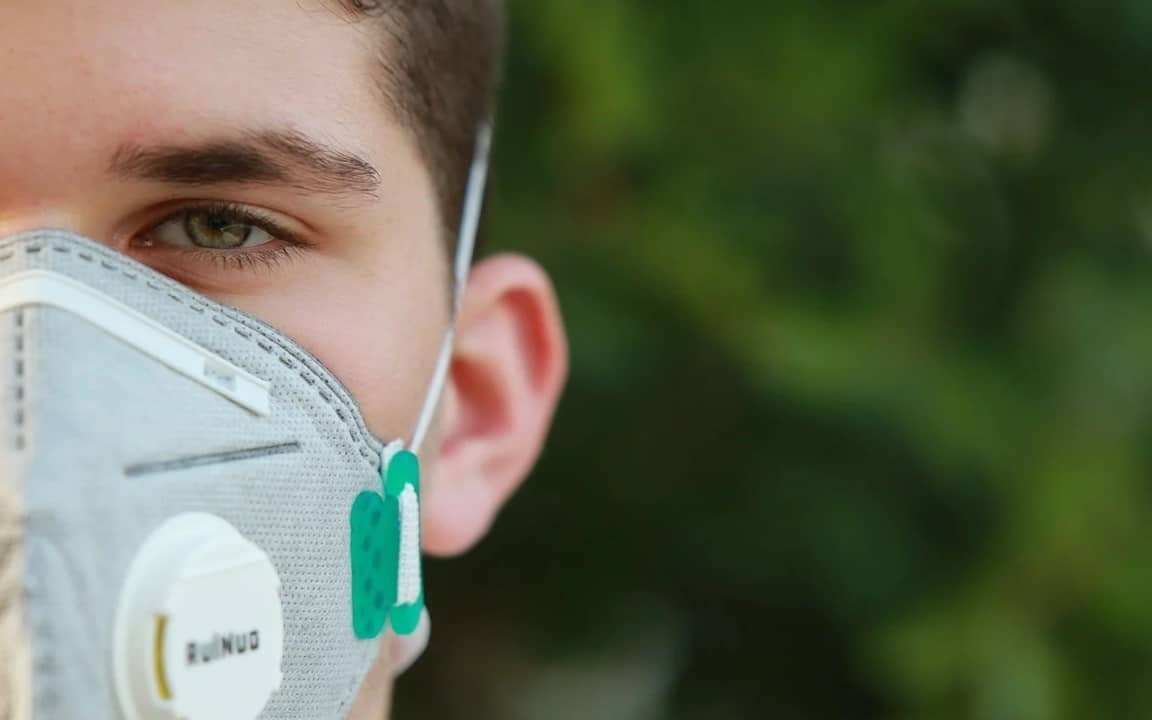Covid-19 has impacted everyone’s life, including parents, nannies and our children. We’ve had to be more patient and tolerant. While we may think they are sheltered, our children are experiencing a wide range of beliefs and reactions to the global pandemic. Children have had to stay home from school, see people wearing masks, and if age-appropriate, may have learned about vaccination. While each person can decide what is right for them, we can all leverage the current social environment to teach children about tolerance and respect.
Covid-19 has sparked a lot of discussion and a fair amount of controversy. Children are all ears and overhear adult conversations. While they may not fully understand, children are often aware that people have different views. As policies and procedures change, children may see some adults in public wearing masks and social distancing while others behave as we have in the past, without masks and in closer contact. This inconsistency may be confusing to children.
Some Rules Must Be Followed
Children have likely experienced school closures, missed birthday parties and family vacations. As society reopens, children have encountered new policies and procedures. Some schools require the children to wear masks while other schools do not allow parents into buildings. Some children eat lunch in the cafeteria while others say in the classroom. These changes may not be a big deal for us but they may be difficult for young children. Most children adapt readily to these types of changes as long they understand the expectations. However, they may see news articles showing adults being rude to others and blatantly ignoring the rules – such as people on airline flights refusing to wear masks when required.
This is a prime opportunity to explain to children that people are allowed to have differing opinions and that there is not always a clear ‘right’ or ‘wrong’. Children should learn that people come from various backgrounds and have different experiences that shape their perspectives. This is a great opportunity to discuss individualism versus working together as a community. It’s also a good time to explain that you may have to follow the rules to go places, like school or to the store.
As children return to the classroom, there some precautionary measures that were required at the end of school last year may now be optional. If the school requires a mask, the children should comply. However, some schools may leave the option up to the parents or students. If this is the case, there will most likely be a mix of masked and unmasked students. Make sure your children understand that this is a choice, and no one should be ridiculed or demeaned for the choice they make. That means masked students don’t pick on unmasked students and vice versa.
Different Opinions Should Be Respected
So how can a childcare provider reinforce this tolerance for differing views? As you help a child learn to make decisions, you can also teach them that a choice doesn’t necessarily make any other choice wrong. It can begin at a young age. When a toddler is choosing a shirt for the day, point out that there are a lot of different options and no one option is ‘right’. As a young person is learning to drive, point out that there is more than one way to get somewhere (a friend’s house or the mall) and that while one may be longer, it may be safer if it avoids a dangerous intersection.
Children should learn that having options is good. If someone chooses a different option, that doesn’t make them ‘wrong’, they just chose differently. In this way, children can learn that being different is not a bad thing. As children get older, they will have to learn that the decisions they make will have benefits and/or consequences. Understanding differences, the impact of our choices and the value of diversity adds to our knowledge and experiences.
The Nanny Institute recommends all parents and nannies follow the guidelines and recommendations of the CDC. If you are a nanny interested in learning advanced childcare techniques, check out the 7 training and nanny certification programs at the US Nanny Institute.


Recent Comments